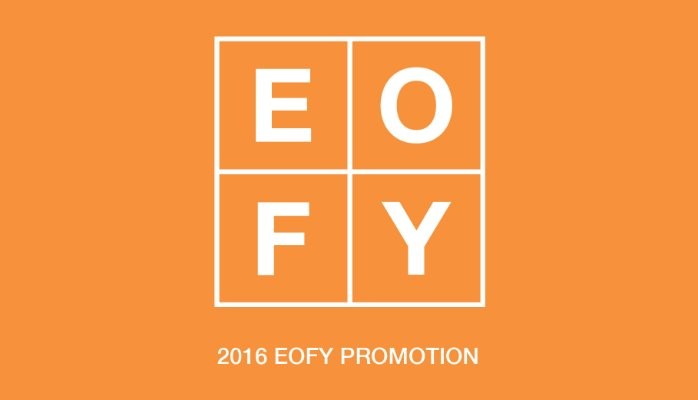News and Reflections

The Five Contradictions in Budgeting
I don't think there's any process in organisations that wastes such a large amount of effort and time for little use as the budgeting process. Here is what is being done and what should be done by organisations to actually generate results…

How the focus on year end destroys value
Deloitte recently released their latest paper on red tape focused on companies' own rules entitled "Get out of your own way" and I'd certainly include the budgeting and financial reporting that businesses do as part of this.

It's Not Personal - It's Just (Family) Business
At some point a second generation leader has to step forward and implement the transition as a professional CEO. Here’s how to make it happen and ensure a sustainable, successful family business.

A Joined Up Journey to Business Excellence
When senior executives and business leaders are trying to get their minds around how to raise the bar in business performance where do they look? The trouble is the focus is more usually on the achievement and less about the journey itself. Here is how to shift from surviving to thriving…

Hey Jonny, here's a Dopey Idea
Want to get to the crux of what Joined-Up strategy is really about? Find out here...
